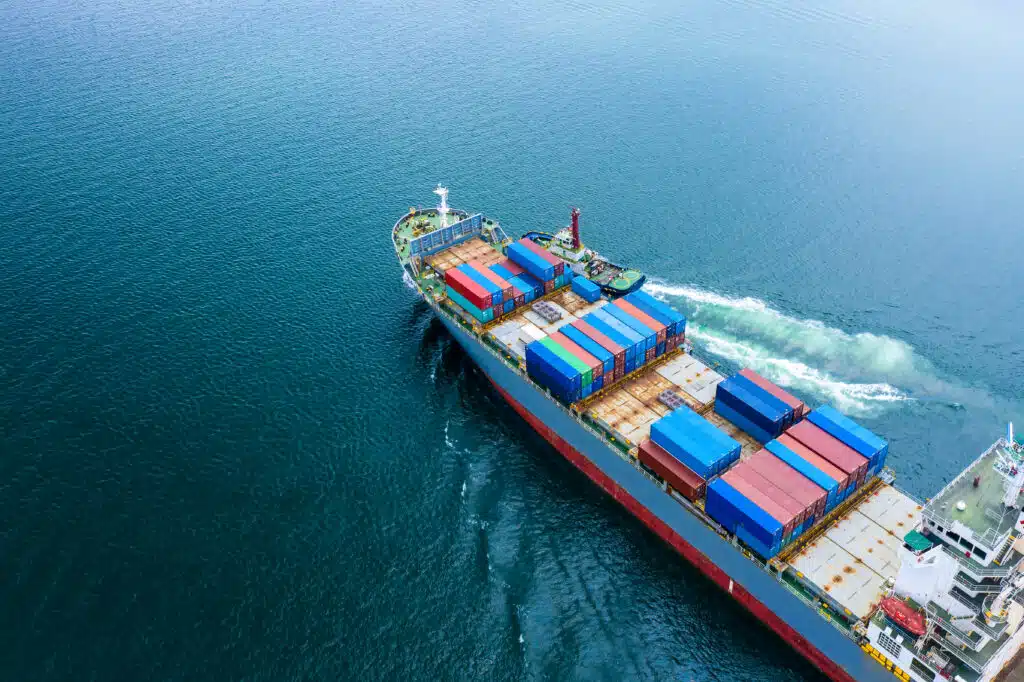GLOSSARY
General Rate Increase
What is GRI in shipping? A General Rate Increase (GRI) refers to an across-the-board increase in freight rates imposed by shipping lines or carriers. It’s a common practice in the shipping industry to adjust rates periodically to account for various internal and external factors.
Ready to digitize and modernize your shipping operations?
See how Magaya can help.
How frequently do General Rate Increases occur?
The frequency of General Rate Increases will vary depending on market conditions and other factors. They can occur annually, semi-annually, quarterly, or even more frequently in some cases. There is no fixed schedule for GRIs, and they are typically announced by the carriers with advance notice to the freight forwarders and other customers.
Key Takeaways
- Stay informed about General Rate Increases (GRI) from the world’s leading ocean carriers with the GRI Report from Magaya. Download your free copy today and subscribe to receive regular updates right in your inbox!
What factors contribute to the need for a General Rate Increase?
Several factors can contribute to the need for a General Rate Increase, including fluctuations in fuel prices, changes in market demand and supply, currency exchange rate fluctuations, labor costs, infrastructure investments, regulatory changes, or general economic conditions. The carriers may consider these factors when determining the necessity and magnitude of a GRI.
How are General Rate Increases communicated to freight forwarders?
Shipping lines usually communicate General Rate Increases to their customers, including freight forwarders, through official notices or announcements. These notices can be sent via email, posted on carrier websites, or distributed through industry publications. The notices typically provide details about the effective date, the percentage increase, and any specific terms or conditions associated with the GRI.
You can also stay informed of General Rate Increases by subscribing to Magaya’s GRI report here.
Can freight forwarders negotiate General Rate Increases with the carriers?
Freight forwarders can engage in rate negotiations with the carriers, particularly for large-volume or long-term contracts. However, General Rate Increases are generally applied across the board to all customers, and the carriers typically have limited flexibility in adjusting the announced rates. Negotiations are more common for individual shipment quotations or contracts.

How should freight forwarders incorporate General Rate Increases into their pricing?
Freight forwarders need to consider General Rate Increases when developing their pricing strategies. It is important to evaluate the impact of the GRI on their overall costs and profit margins. Freight forwarders may need to adjust their pricing models, review contracts with customers, and communicate the rate changes to their clients in a transparent and timely manner.
Are General Rate Increases the only cost factor to consider in shipping?
No, General Rate Increases are just one component of the overall costs associated with shipping. Freight forwarders should consider other factors such as surcharges, accessorial charges, container fees, customs duties, insurance costs, inland transportation charges, and any applicable taxes or regulatory fees when calculating the total cost of shipping.
Can freight forwarders pass on General Rate Increases to their customers?
Freight forwarders have the option to pass on General Rate Increases to their customers, but the decision ultimately depends on various factors such as market conditions, competition, customer relationships, and contractual agreements. It is important for freight forwarders to communicate any rate adjustments clearly and effectively to avoid misunderstandings with their customers.
How can freight forwarders mitigate the impact of General Rate Increases?
Freight forwarders can employ several strategies to mitigate the impact of General Rate Increases. These may include negotiating volume-based or long-term contracts with carriers to secure more favorable rates, optimizing shipping routes and modes to minimize costs, exploring alternative carriers or alliances, leveraging technology for operational efficiency, and continuously monitoring market conditions to make informed decisions.
What role can freight forwarders play in managing General Rate Increases?
Freight forwarders play a critical role in managing General Rate Increases for their customers. They can stay informed about market trends and carrier announcements, provide rate and cost analysis to their clients, assist with rate negotiations, explore alternative shipping options, optimize logistics operations, and offer advice and guidance to help their customers navigate the changing freight rate landscape.
Ready to digitize and modernize your shipping operations?
See how Magaya can help.